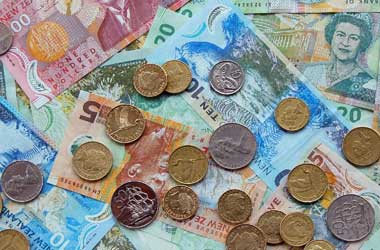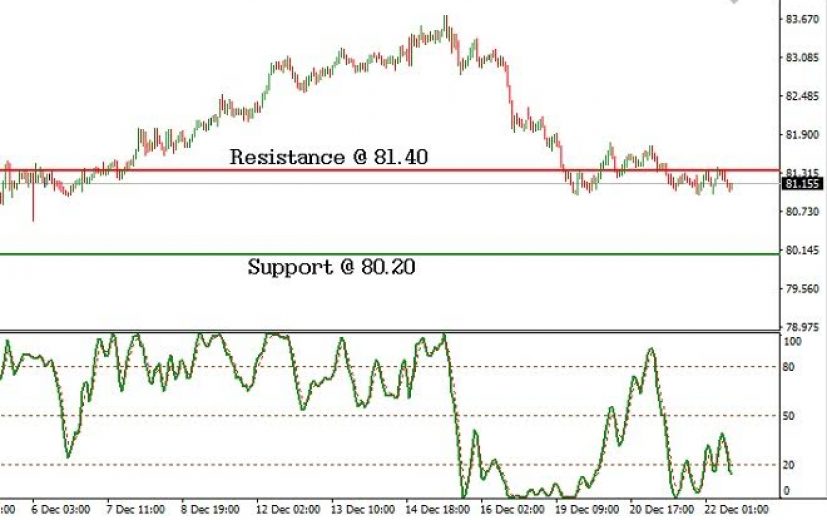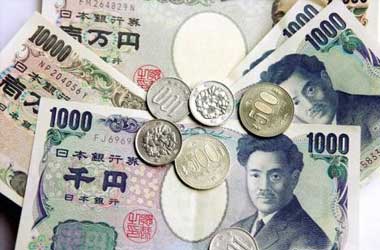 The interest rate cut announced by the Reserve Bank of New Zealand, in November, did not have the intended effect on the New Zealand dollar, which appreciated against all the major currencies including the Japanese Yen.
The interest rate cut announced by the Reserve Bank of New Zealand, in November, did not have the intended effect on the New Zealand dollar, which appreciated against all the major currencies including the Japanese Yen.
One of the main reasons for the Kiwi dollar to remain strong was the 4.5% increase in the dairy prices during the auction conducted in mid-November. However, the rate hike announced by the US Federal Reserve pushed the New Zealand dollar lower not only against the Greenback, but also against the safe haven currencies such as the Japanese Yen. Since November 15th, the NZD/JPY pair has fallen from a high of 83.73 to 81.14. We anticipate the decline to extend further due to the reasons given below.
The US Fed not only tightened the monetary policy, but also indicated its intention to implement three rate hikes (each one of quarter basis points) next year. The hike announced in December has already decreased the attractiveness of the New Zealand dollar as a carry trade currency. Thus, further rate hikes would keep the New Zealand dollar under pressure.
Financial Times
In New Zealand, the dairy auction conducted on December 20th resulted in a 0.5% decline in the Global Dairy Index. This brought down the average price of dairy products to $3,656 per ton. A decline in the price of dairy products would generally weaken the New Zealand dollar as it is the largest export revenue earner for the country.
The Bank of Japan, on the other hand, has no intention to weaken the Yen any further. During the monetary policy meeting held on Tuesday of this week, the BoJ raised the economic outlook of the country. The infrastructure projects related to the 28.1 trillion Yen stimulus package announced in August are expected to boost economic growth in 2017 and increase inflationary pressure. Of late, the economy has shown signs of picking up. The export volumes hit a two year high in November.
The country reported a trade surplus of 153 billion Yen in November 2016, compared with a deficit of 387 billion in the similar period last year. It can be remembered that the inflation rate increased for the first time in October 2016. The consumer prices increased 0.1% y-o-y due to higher fresh food prices.
The NZD/JPY pair faces resistance at 81.80. The stochastic oscillator is currently in the bearish zone. Thus, we can expect the currency pair to decline to 80.20 where the next major support exists.
A currency trader can take advantage of the probable downtrend in the currency pair by going short near 81.20. To have a control over losses, a stop loss order can be placed at 81.90. The short position can be closed near 80.20 levels.
A binary trader can purchase a low or below contract to earn from the downtrend of the currency pair. An investment can be made in the contract, provided the exchange rate of the currency pair is near 81.20. A time period of one week should be given for the contract to expire.





